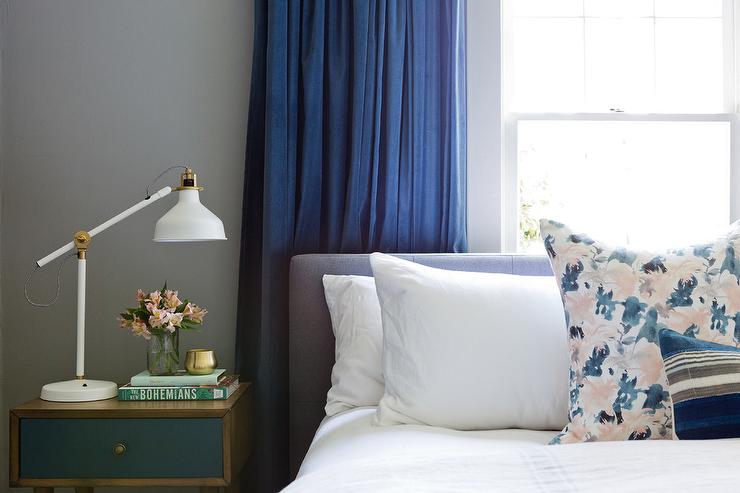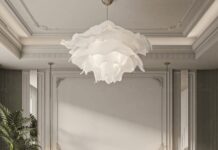A bedroom that doesn’t allow you to rest and recharge is like a kitchen without preparation space. It may look nice, but the purpose of the room is not being met. While it’s tempting to incorporate sophisticated new trends in the bedroom, some are best avoided to maintain the bedroom as a place of sleep and relaxation.
Airy Curtains to Let in Light
How are bright curtains not relaxing? During a sunny afternoon, the curtains add glamour and illumination. However, after the sun goes down, those airy curtains let in light pollution. The stabbing beam of a passing car or the blue brilliance of a full moon outside the window may interrupt sleep for many people. Also, not everyone is ready for the bright light of morning when the sun rises. While they look fabulous during the day, airy curtains are not the best choice for nighttime or early morning.
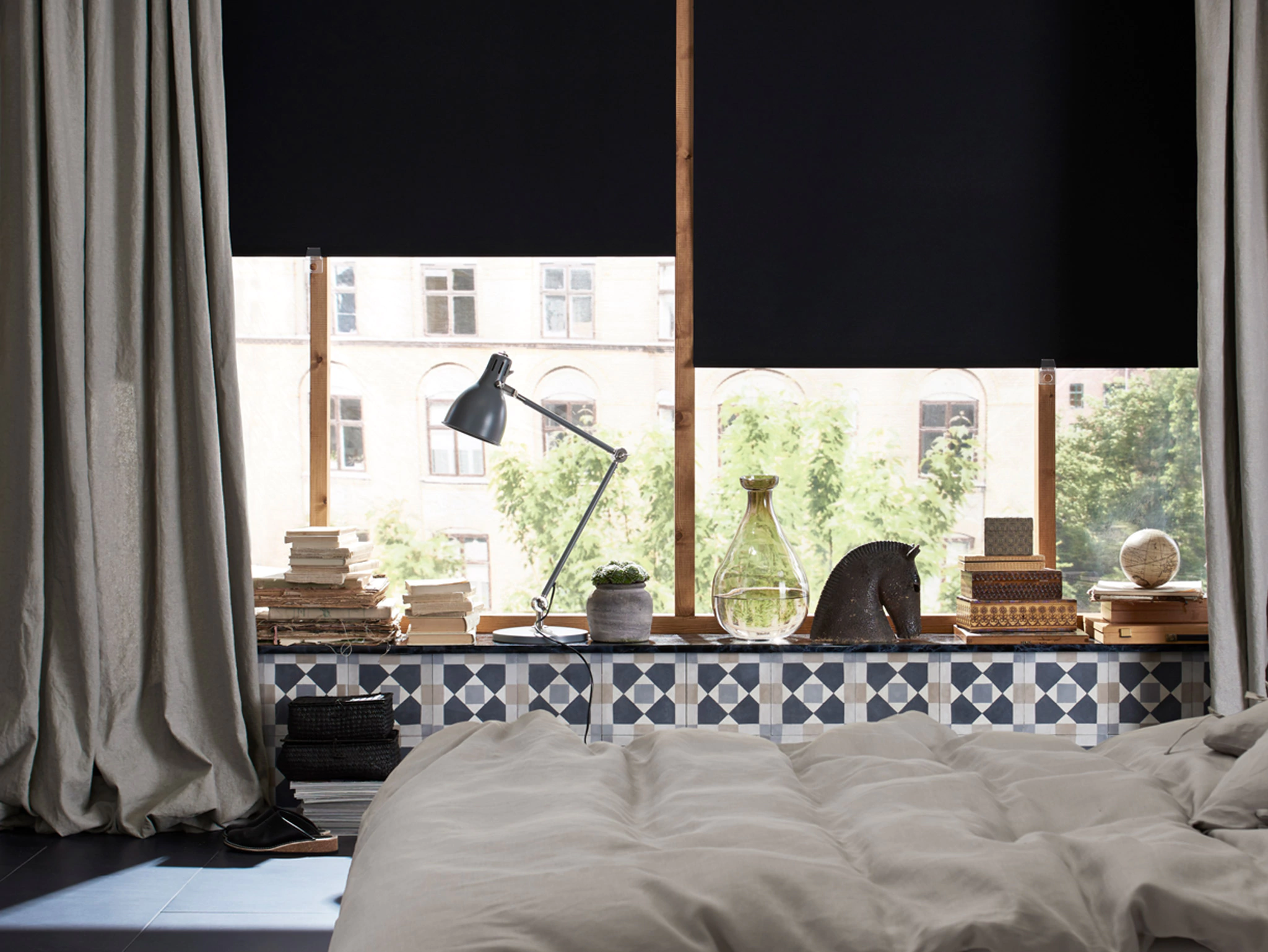
via Ikea
An alternative that gives you the best of both worlds is layering a light, airy layer and a light-blocking layer. The airy layer is on the outside. You can use it to cover a window during a bright afternoon or add illumination on a rainy day. As the sun goes down, you can pull the light blocking curtains out from behind the airy ones and dissolve into the blissful darkness of sleep.
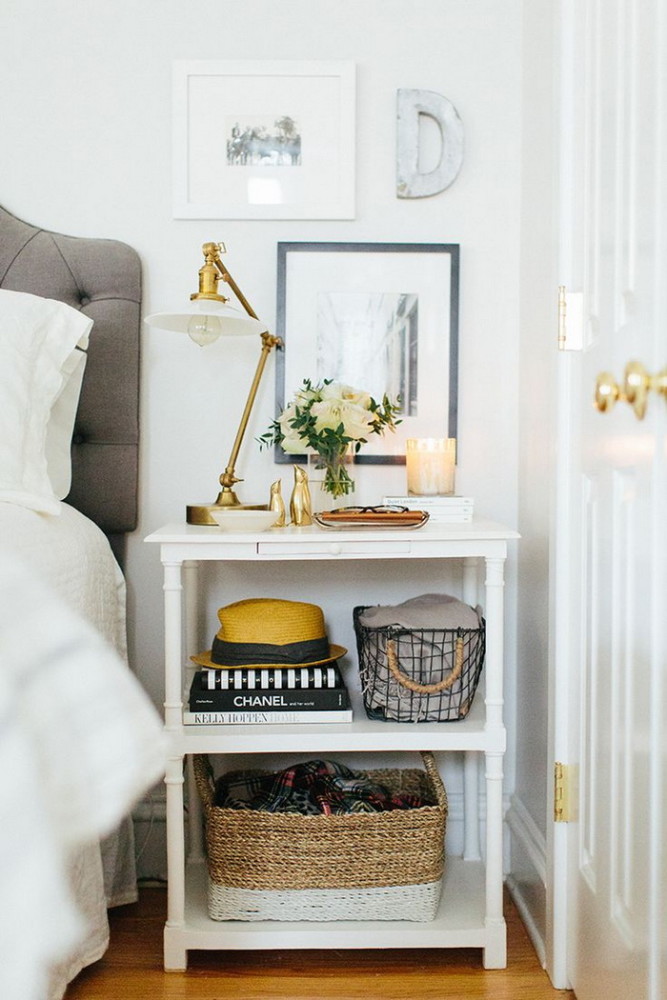
Phones and Laptops on the Nightstand
Devices in the bedroom may not be a trend, but, chances are, there are devices in your bedroom. It may be your phone perched on your nightstand, your e-reader for bedtime reading or even your laptop for late night work. Technology seems to follow us wherever we go. However, the bedroom should, if possible, remain a tech-free area to inspire better sleep.
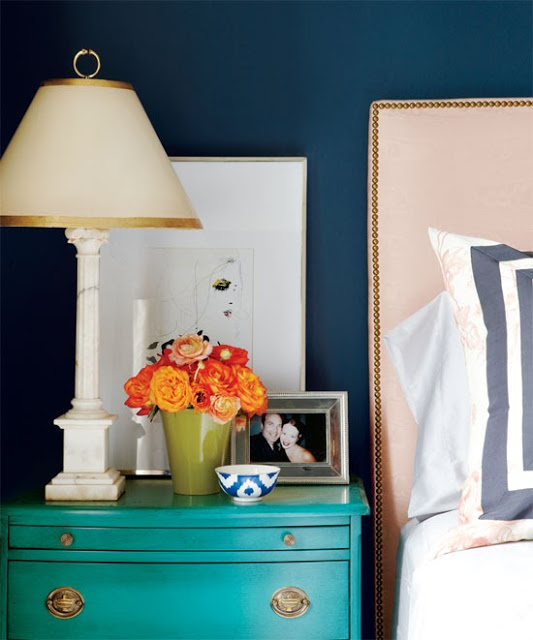
It’s not just the stress of continually checking email that interrupts sleep. The light from the devices themselves can rob you of your tiredness. The blue light your eyes see as you scan your phone screen sends a signal to your brain. Wake up! Blue light suppresses the release of melatonin, the hormone that makes you tired. It can stop the release of melatonin for up to three hours, leaving you tossing and turning into the wee hours. For better sleep, keep those devices out of your room.
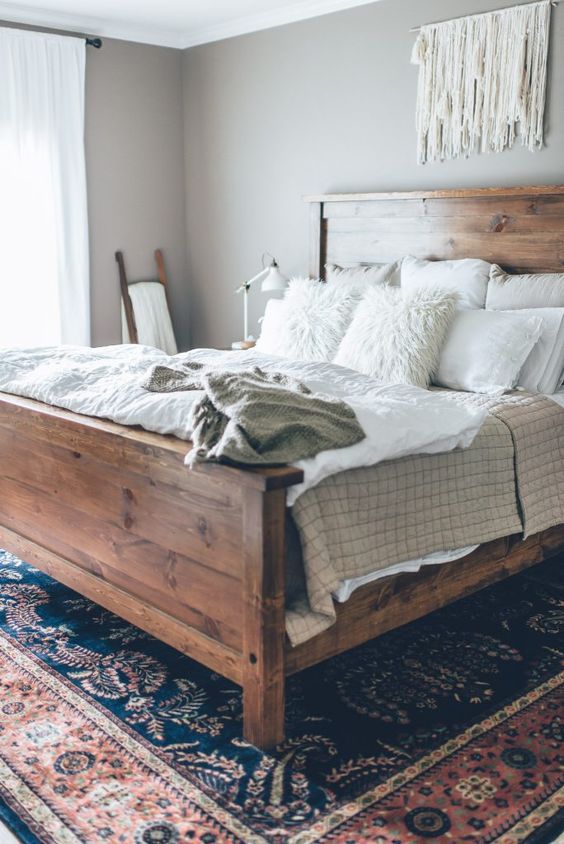
via Apartment Therapy
Industrial Design Elements
There’s no denying the chic look of metal, chrome and minimalist colors. However, these eye-catching designs may not belong in the bedroom. This suggestion is not because the colors or wrong or metals secretly excite your brain. It’s because the design choice tends to leave out elements that are relaxing. For example, industrial design usually does not include many plants. However, houseplants and even images of nature are helpful for better sleep. Seeing natural landscapes can be calming and relaxing. Additionally, houseplants do double duty. They relax you with their presence and, at the same time, many of them improve the air quality of your bedroom. Breathing cleaner air means better sleep.
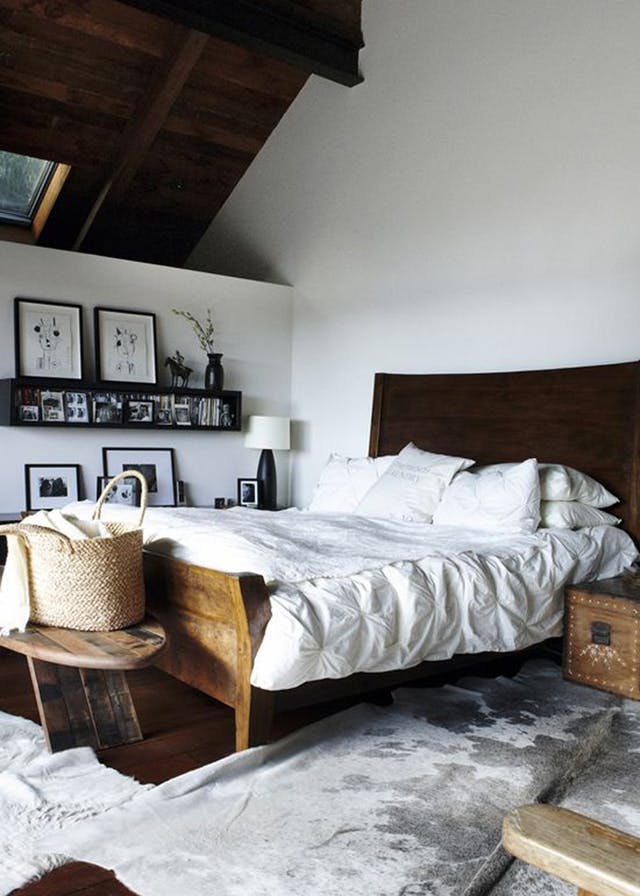
via Apartment Therapy
Another caveat with industrial design is the bed. Many frames are minimalist with a low bed on a foundation. While most modern mattresses are firm enough to be set on a foundation instead of a box spring, being so close to the floor can be less comfortable for some people. If it’s a struggle to get out of bed in the night for a midnight snack or bathroom break, a low bed is not a good choice.
A Bedroom is a Sleep Sanctuary
Including trendy elements in your bedroom can be fun and refreshing, but remember that the end purpose of the bedroom is sleep. Choose design elements that give a sense of calm and relaxation, so you can enjoy your bedroom when you’re both awake and asleep.






















